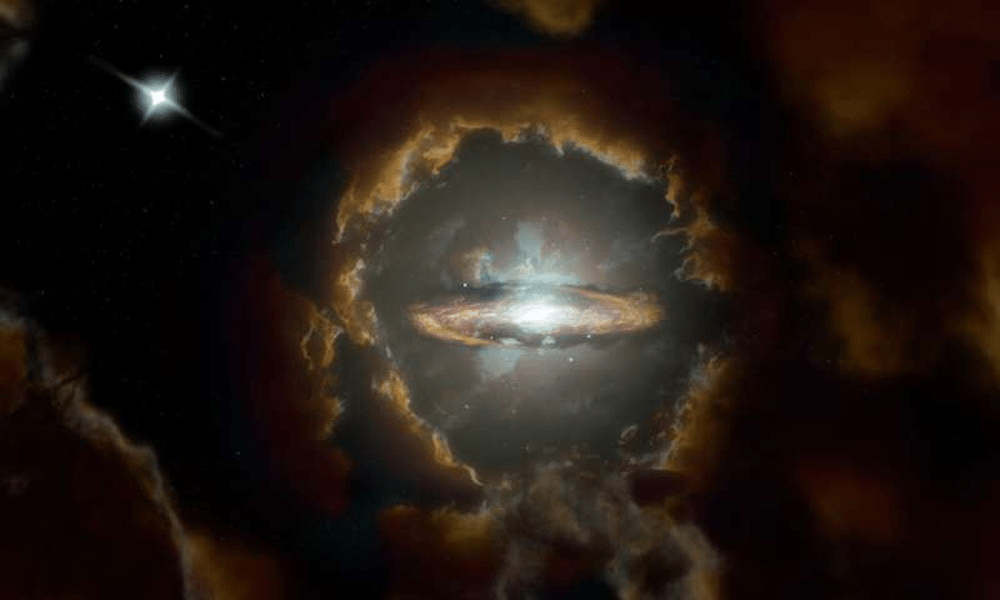If we want to understand how the Universe evolves, we have to understand how its large structures form and evolve. That’s why astronomers study galaxy formation. Galaxies are enormous structures of stars, planets, gas, dust, and dark matter, and understanding how they form is critical to understanding the Universe itself.
In 2017, astronomers working with ALMA (Atacama Large Millimeter/sub-millimeter Array) discovered an ancient galaxy. This massive rotating disk galaxy was born when the Universe was only about 1.5 billion years old. According to the most accepted understanding of how galaxies form and evolve, it shouldn’t exist.
But there it is.
Continue reading “A Massive Rotating Disc Discovered in the Early Universe”
